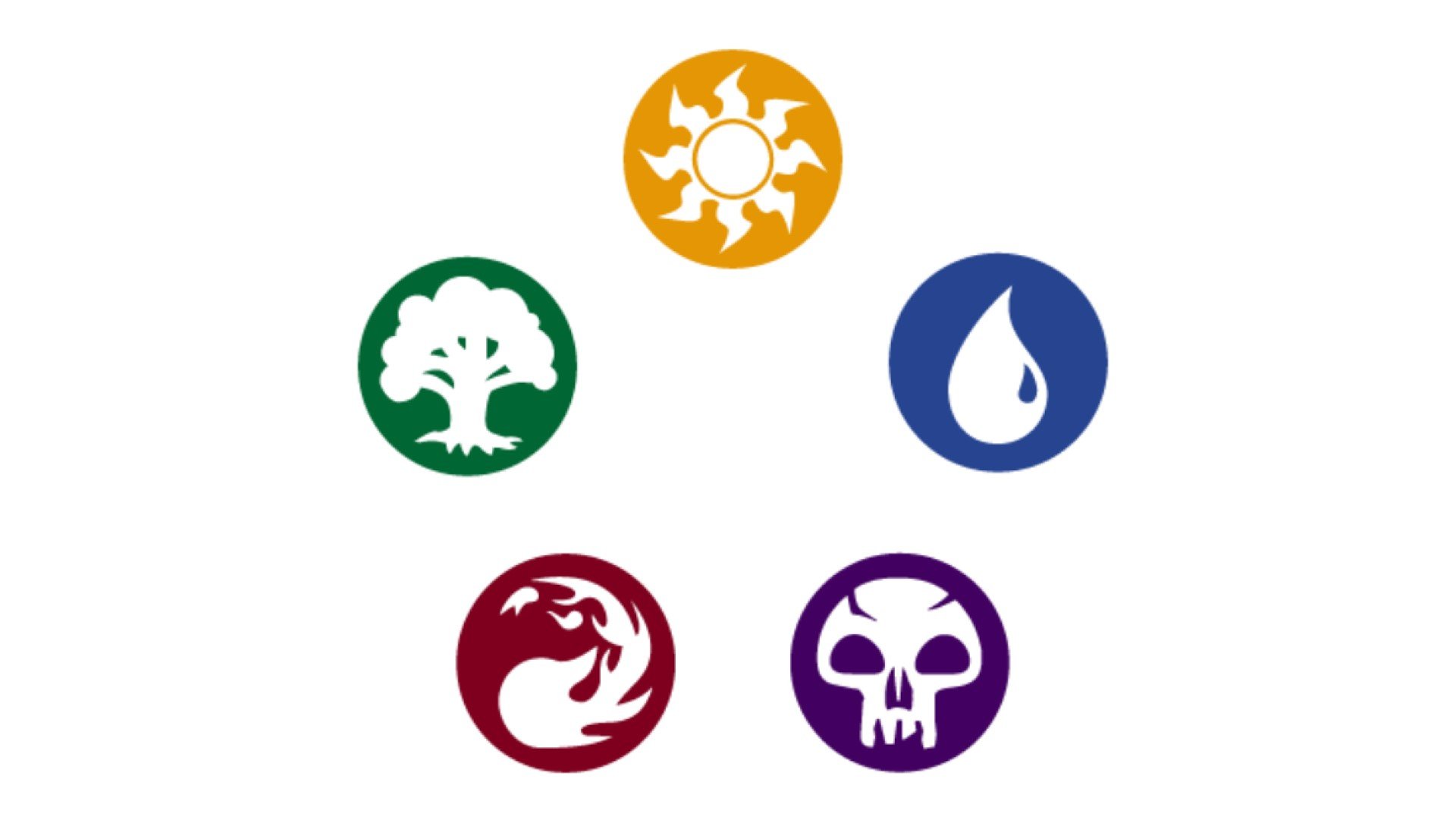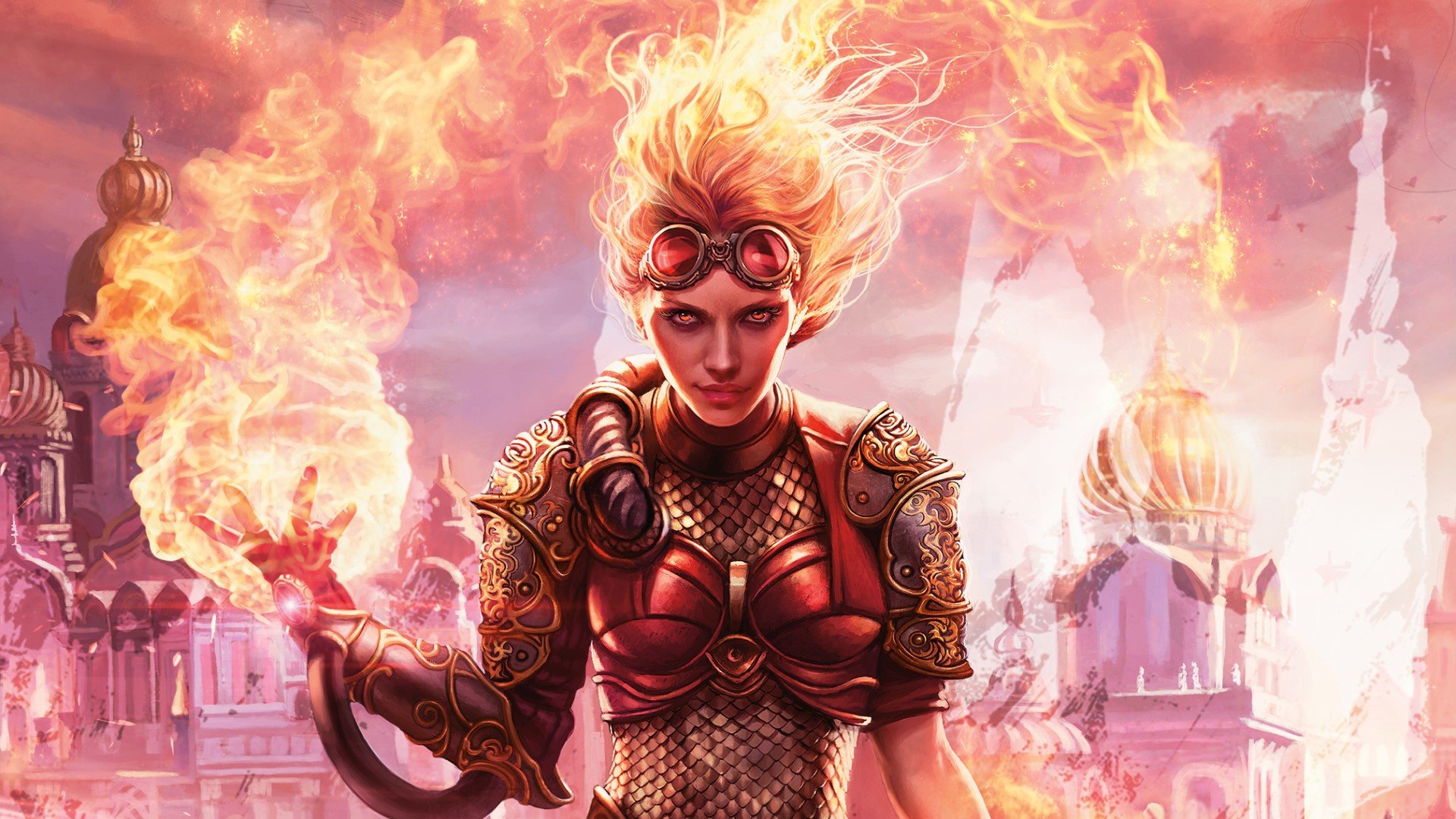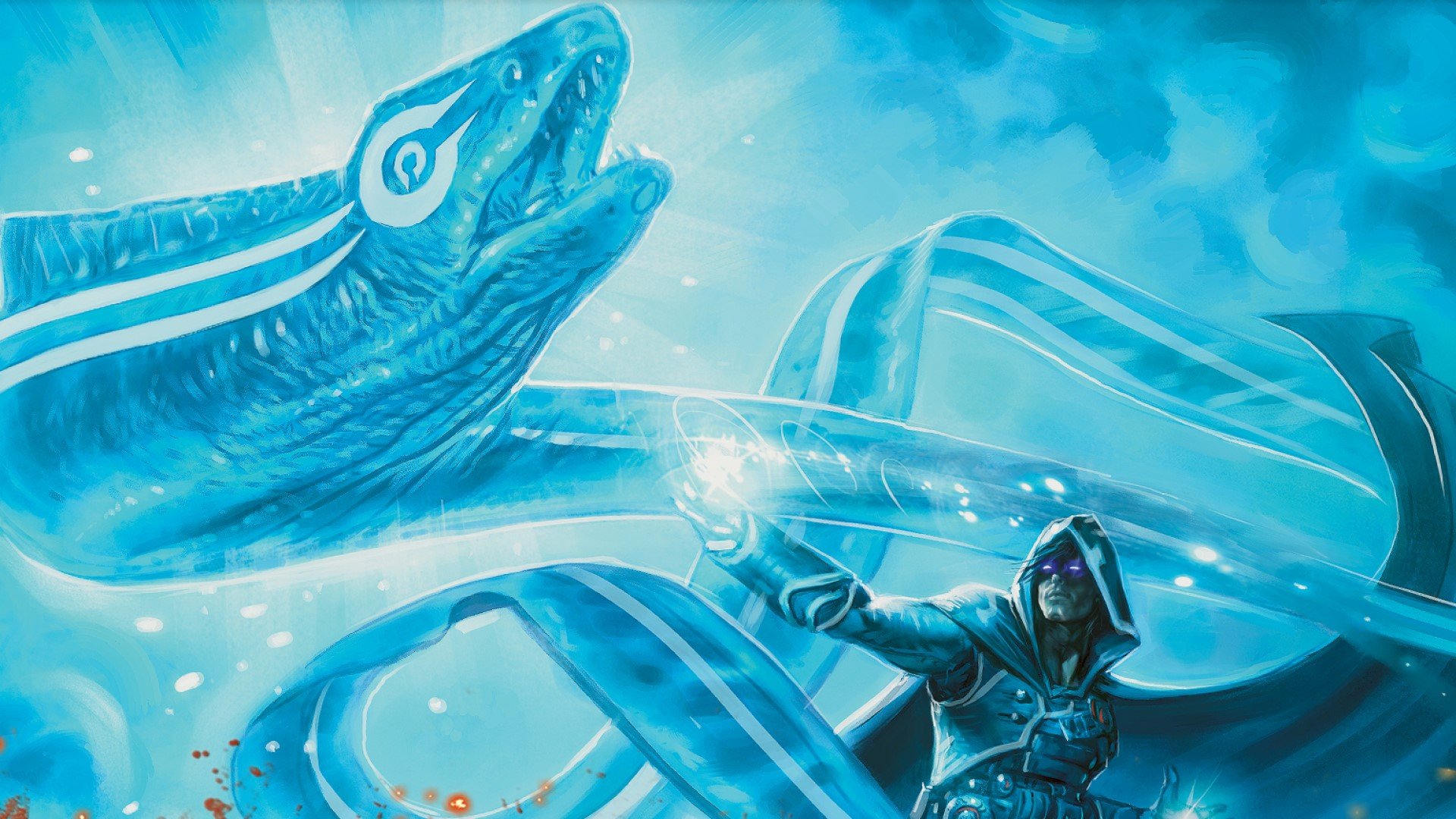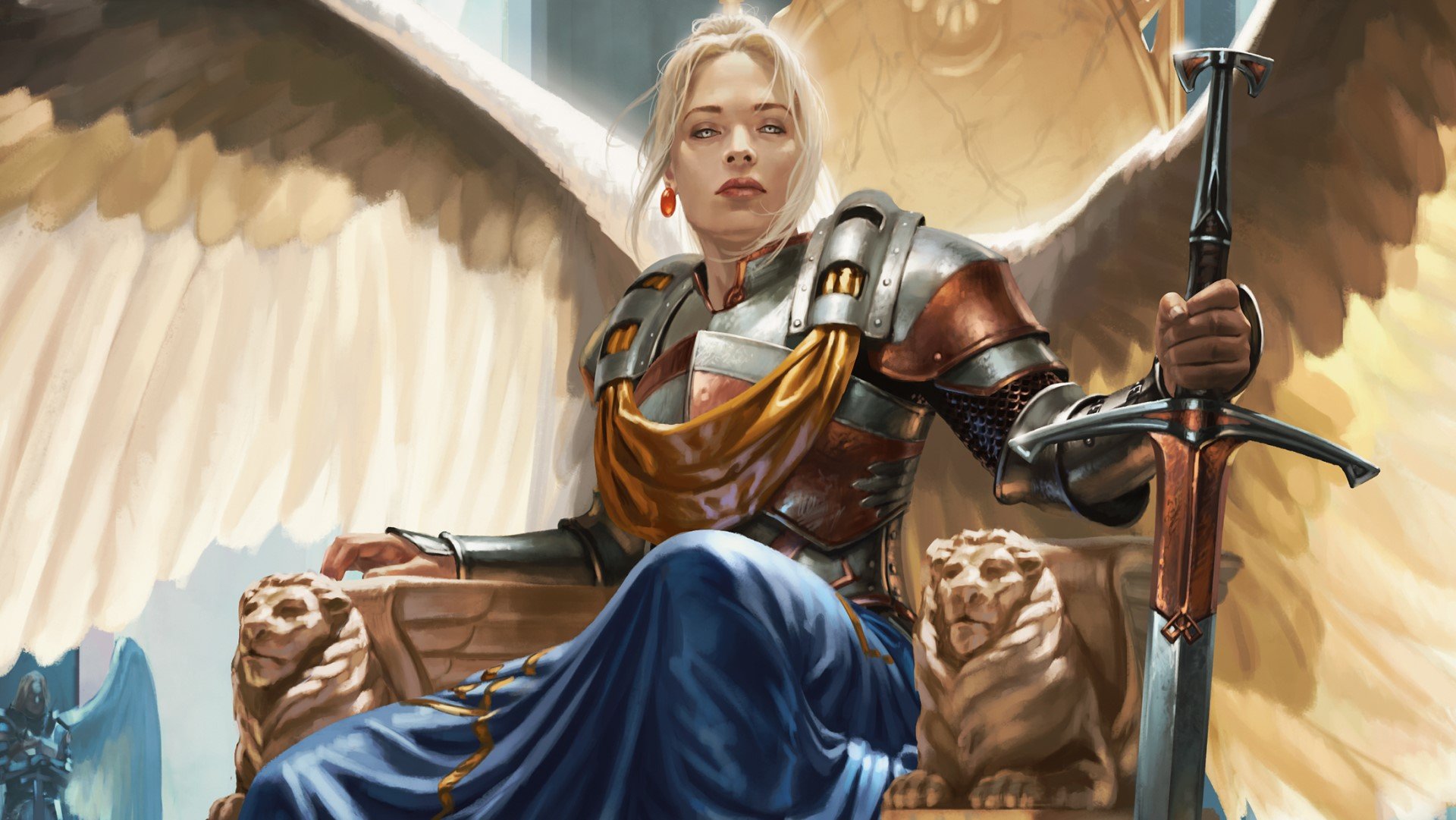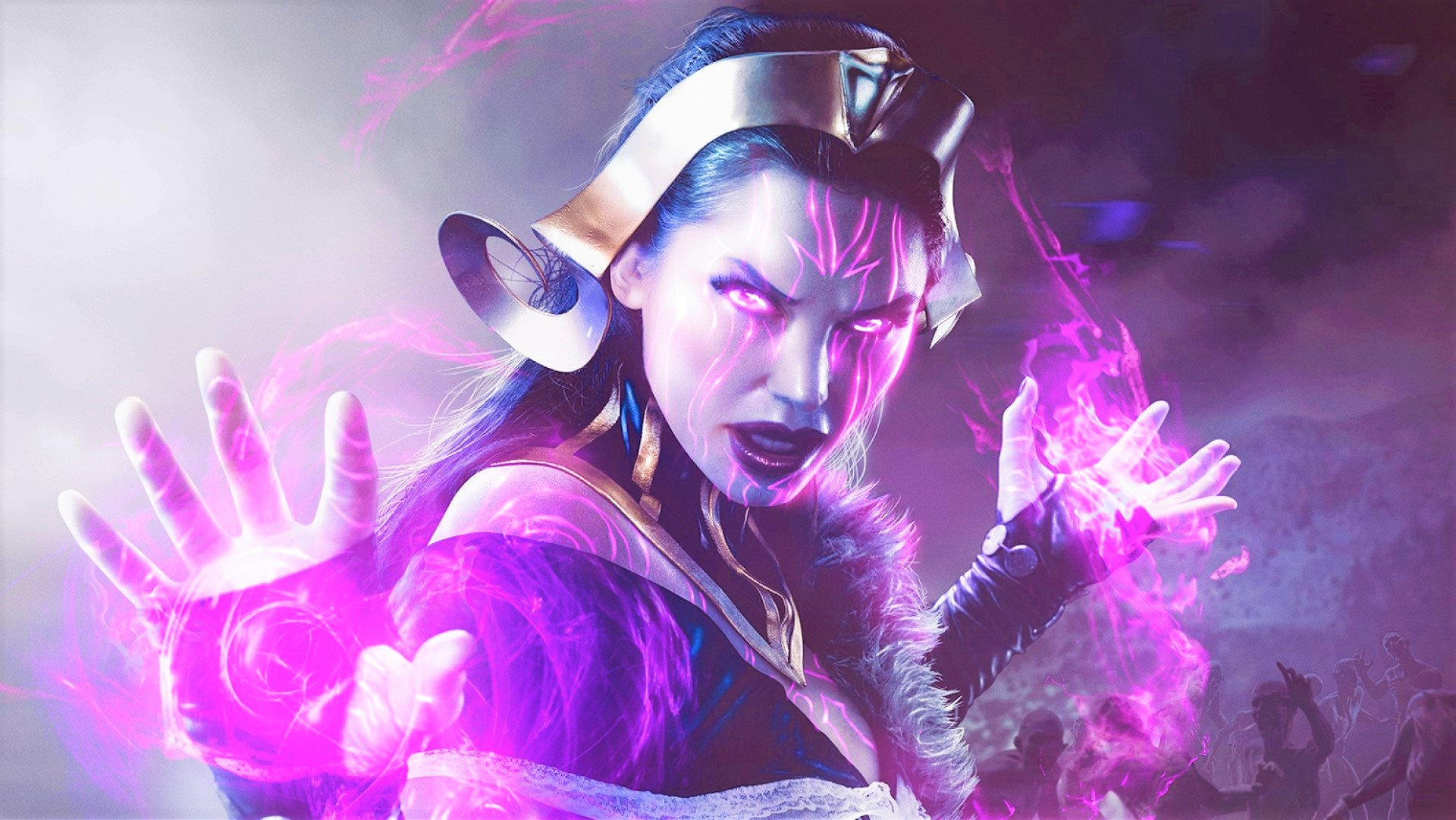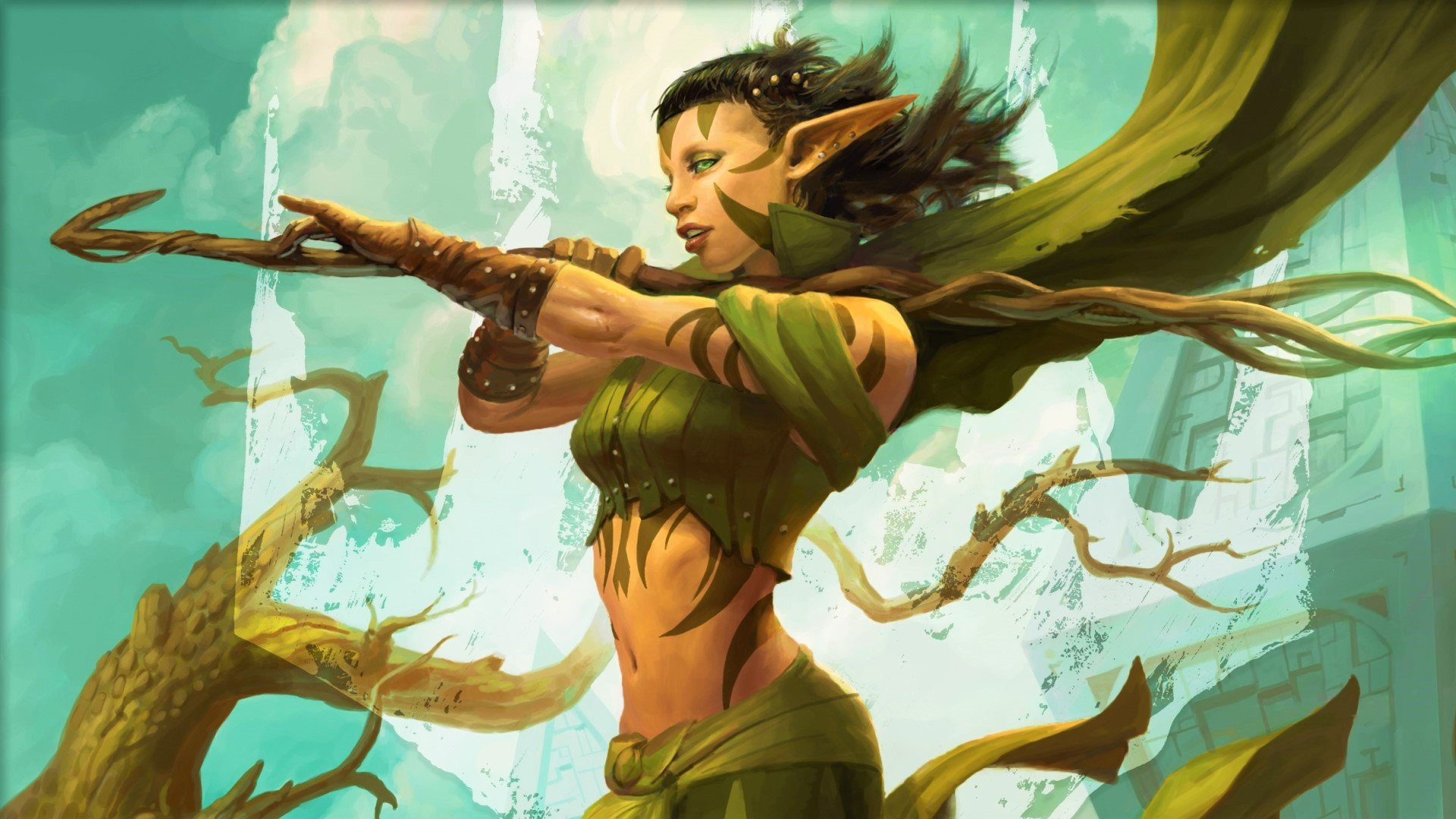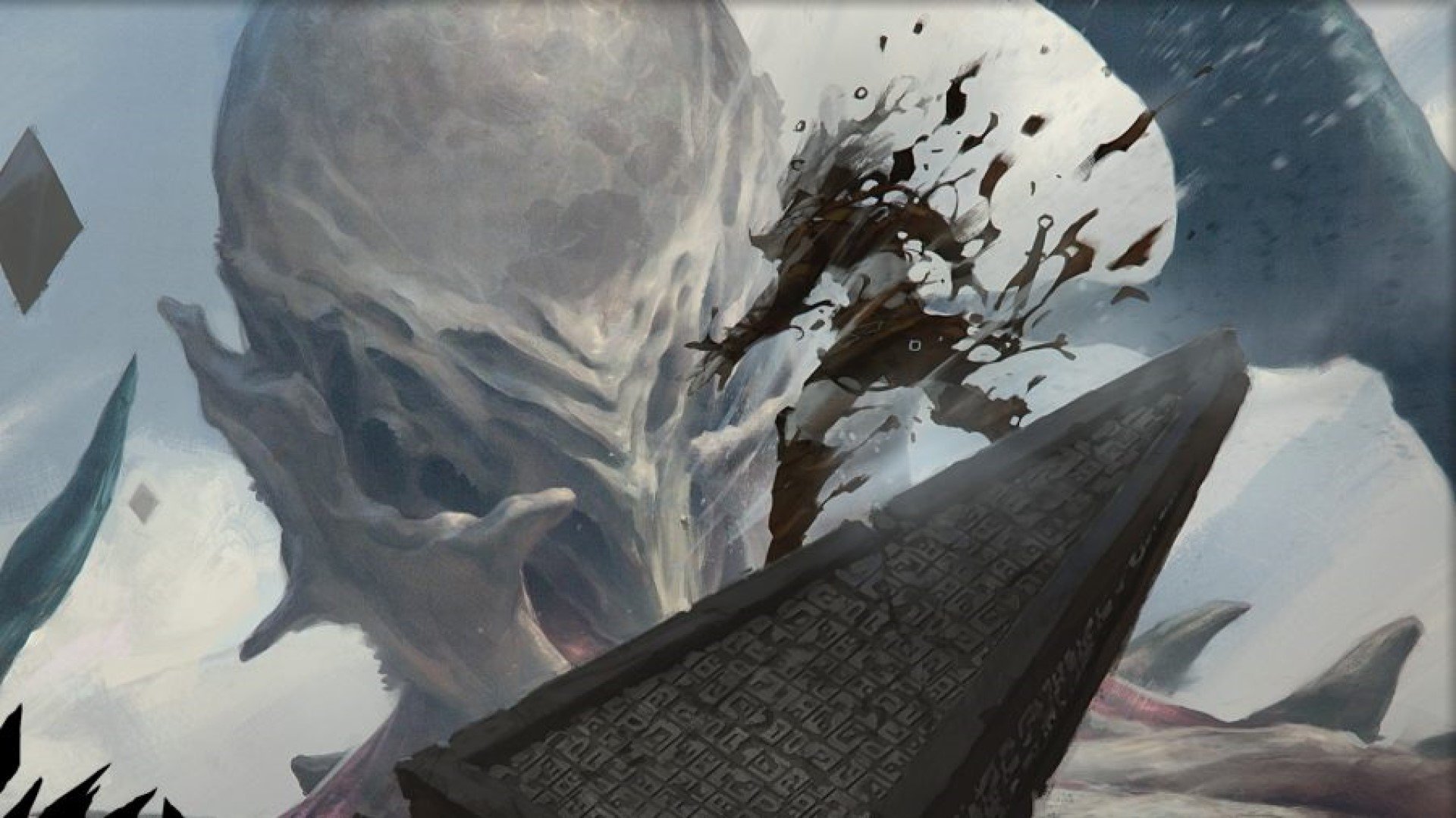The MTG colors are one of the defining features of the trading card game. Each mana color has its own themes and mechanics – and whether you play just one or a combination of many, you can create a wide variety of unique and interesting decks. However, the tiny mana symbol on your cards doesn’t do a great job of conveying exactly what the MTG color wheel means. New players will need to do a bit of digging to figure out what the colors are, what they offer, and which they’d like to play. This guide is designed to give you a head start on exactly that.
Once you’ve nailed that, you might want to check out some of our other Magic: The Gathering articles. We’ve covered the full MTG 2023 release schedule for those who want to keep their finger on the pulse, and we’ve got all the MTG Arena Codes in one place for those who like to trade and play digitally.
But back to our rainbow of mana. Here’s everything you need to know about MTG colours – starting with the colour wheel.
MTG color wheel
The MTG color wheel (also known as the color pie) is a visual way to represent the five mana colors in Magic. It’s organised in a specific order to show the relationship between the colours: those that oppose each other on the wheel are enemies, while adjacent colors are often allies. How the different colors see each other is largely down to the ideologies associated with each (we’ll explore below).
For example, the chaotic and destructive red is considered an enemy to blue and white, who value control and order respectively. In contrast, red is an ally to black and green, as the color’s untameability is more closely aligned with their values.
Let’s look at each of the colors on the wheel in more detail:
Red
In MTG, red is the colour of freedom and emotion. Its characters and mechanics are action-driven and often destructive – it’s no coincidence that red cards make up some of the most aggressive MTG decks out there.
Red is interested in short-term wins, so its best cards are often cheap, fast, and deal direct damage to a target. Its creatures are almost always on the offensive, and they don’t often think too much about defence. You can also expect to see a lot of fire in red; it’s the ultimate uncontrollable elemental force, plus it happens to be the right color.
Blue
Blue represents the quest for knowledge and perfection. This may sound pretty noble, but there’s a darker side to this color’s philosophy too. Blue characters and organisations can be conniving, and they aren’t above trickery and manipulation. This is a color that’s all about control – mechanically as well as thematically.
Blue decks often put a lot of effort into manipulating their opponent, whether that’s by negating their actions, stealing their resources, or slowing them down by taking cards off the battlefield before the fight has even begun. Blue decks also like to manipulate their environment. Their contents can artificially alter plenty of in-game factors – including how many cards you draw, how quickly you mill your deck, or even what text is on the paper you play.
White
White is a just and virtuous color in MTG, valuing lawfulness and fairness above all else. Community comes above everything else under this philosophy, and white often represents large groups coming together for the greater good.
Each of these values can be seen in white’s mechanics. A white deck often focuses on defending and protecting its cards from pain and combat. Cards might prevent damage, restore life points, or even revive creatures from the graveyard.
While white wants to promote peace at all costs, it isn’t afraid to get its hands dirty in combat. Armies of small creatures band together – sometimes quite literally if they bring the banding keyword with them. MTG vigilance and first strike are also common white boons. Additionally, white has plenty of ways to destroy cards – but it values fairness in its destruction, and some of these cards may also destroy your cards too in the name of equality.
Black
Black represents some pretty nasty stuff in most media and cultures, and things are no different here. This is the colour of death, taboo, excess, and a lust for power. It’s stuffed to the brim with Halloween regulars – expect to be playing with vampires and zombies.
Mechanically, all this death tends to translate to creature destruction. Their demise won’t always be slow, either. Vampires can suck the vitality from a creature with MTG lifelink, and plenty of black spells reduce a card’s power and toughness before the deck closes in for the kill. Black also sprinkles a little bit of necromancy into the mix, spawning various undead and reviving cards from the graveyard.
Green
Green has always been associated with nature, and MTG isn’t about to fix something that isn’t broken. The TCG also links this colour to spiritual growth as well, and green characters value tradition as much as they revere the wisdom of centuries-old trees.
Mana ramp often comes into play in these decks, as green is great at expanding its natural resources. Green decks also have a wide range of flora and fauna to use, and its love of growth means many strategies focus on summoning and buffing some big, powerful creatures. Once sufficiently buffed, these cards can storm an opponent, bringing abilities like poison and trample with them.
Colorless
As the name implies, colorless Magic cards aren’t actually part of the color wheel at all. However, they have their own themes and mechanics, so it’s worth considering them here.
A lack of color tends to signify a lack of life in MTG. It’s mainly the domain of machines and technology, with plenty of colorless artifacts floating around. The MTG Eldrazi are also colorless – which makes sense considering their tendency to suck the life out of planes.
MTG color combinations
There are various alliances between different MTG colors, and it’s pretty standard to see decks that combine two or more of the mana. There are actually 25 different MTG color combinations. Luckily, we’ve put together an MTG color combinations guide that can explain them all in a jiffy.
Source: Wargamer



